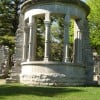- HubPages»
- Travel and Places»
- Visiting North America»
- United States
Visiting Some Historical Plaques at Alburgh, Vermont: From Samuel de Champlain to Intercontinental Ballistic Missiles
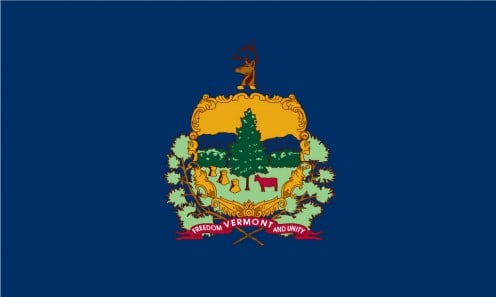
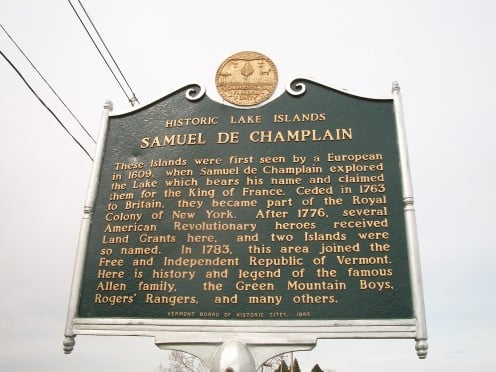
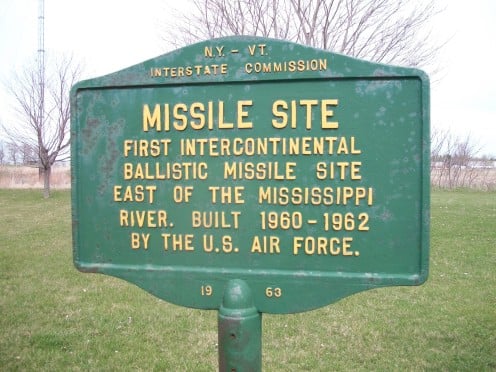
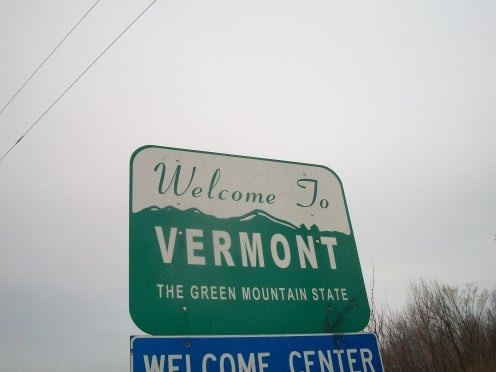
All about geography, geography, geography
As might be expected, the log cabin Welcome Center at Route 2, West Alburgh, Vermont, is a mine of useful information for visitors, especially out-of-state and Canadian ones, to the area of northern Vermont where Alburgh (1), on a peninsula in Lake Champlain, is situated. (Indeed, it is reckoned that most visitors to this Welcome Center are Canadian.)
This particular Welcome Center, however, also has significant historical plaques.
One of these recalls explorer Samuel de Champlain (1574-1635), for whom the famous Lake separating the States of Vermont and New York is named. The surrounding land was thus claimed for France, but in 1763 it was transferred by treaty to Great Britain and soon incorporated into the Royal Colony of New York. A number of American Revolutionary leaders received land grants here after 1776, although until 1791 the islands in Lake Champlain formed part of the Free and Independent State of Vermont, prior to the State's formal adhesion to the United States. The plaque refers to Ethan Allen and his Green Mountain Boys, among others.
Thus, the islands in Lake Champlain and the Alburgh Tongue have faced over the past centuries what might be termed 'imperial' influences from all directions: French, British but also from New York and New Hampshire: from times pre-dating American independence, both New York and New Hamphire at various times claimed what is now Vermont, with its mountains and with Lake Champlain forming natural barriers. The plaque was sponsored by the Vermont Board of Historic Sites.
Another historical plaque recalls a rather different, but nonetheless historic, association with Alburgh. In 1962, the first site for intercontinental missiles in the eastern United States was opened. Part of the background to this event was the Canadian government's refusal to accept nuclear missiles on its soil; indeed, the government led by Prime Minister John G. Diefenbaker (1895-1979) fell because of issues related to this. Some of the odder aspects of these events involved Canada's Department of Defence harbouring — at bases in Quebec and Ontario — Bomarc missiles filled with sand, while their nuclear warheads were to be stored south of the US-Canada border, awaiting a Canadian government decision about what to do next, in the event of Soviet attack. After a series of what can only be described as unedifying events, President John F. Kennedy's patience with Mr. Diefenbaker (2) was widely acknowledged as being at a low ebb. The plaque indicating the location of the former missile site was sponsored by the New York - Vermont Interstate Commission.
While these plaques recall two very different periods, they do have a very relevant common thread: geography. The strategic location of Vermont, especially this lakeside corner of the State, close to the US-Canada border, has made for some interesting — indeed, thrilling — history.
May 7, 2012
Notes
(1) Previously written 'Alburg' (except that Vermont traditionalists will say that the current 'Alburgh' spelling really reflects what the original spelling was and what the spelling ought to have been all along).
(2) A graphic, no holes barred account of Mr. Diefenbaker's and JFK's unusual series of mutual contacts during this episode may be found in: Denis Smith, Rogue Tory: The Life and Legend of John G. Diefenbaker, Toronto: Macfarlane, Walter & Ross, 1995.
Also worth seeing
At Alburgh itself, the Korean Veterans' Memorial Bridge crosses Lake Champlain to Rouses Point, New York.
Fairfield (distance: 49.3 kilometres); here, the Vermont birth in 1829 is commemorated of President Chester A. Arthur.
...
How to get there:
Plattsburgh International Airport (distance to Alburgh : 60.5 kilometres), where car rental is available, is served by a variety of airlines, including US Air, which flies to Boston, with many North American connections. I-87 and I-89 extend to the US- Canada border on the New York and Vermont sides of Lake Champlain respectively. You are advised to check with the airline or your travel agent for up to date information. Please refer to appropriate consular sources for any special border crossing arrangements which may apply to citizens of certain nationalities.
MJFenn is an independent travel writer based in Ontario, Canada.
